Key Takeaways
Merchandise-inspired public art reshapes how communities interact with cultural heritage by translating iconic works into tangible, everyday objects. This approach not only democratizes access to art but also fosters dialogue by embedding creative expression into items like apparel, décor, and limited-edition collectibles. For instance, transforming a renowned Stainless steel sculpture into wearable jewelry or functional home pieces allows audiences to engage with art beyond gallery walls, blending aesthetic value with practical use. Such initiatives bridge the gap between institutional art spaces and public life, making cultural narratives relatable through familiar formats.
By prioritizing accessibility, these projects challenge traditional notions of exclusivity in the art world. Limited-edition releases create urgency while maintaining artistic integrity, ensuring that even small-scale reproductions retain symbolic meaning. Meanwhile, wearable art serves as a mobile canvas, sparking spontaneous conversations and connecting individuals through shared visual language. This strategy not only sustains interest in cultural heritage but also invites diverse audiences to participate in redefining what "accessible art" means in modern society.
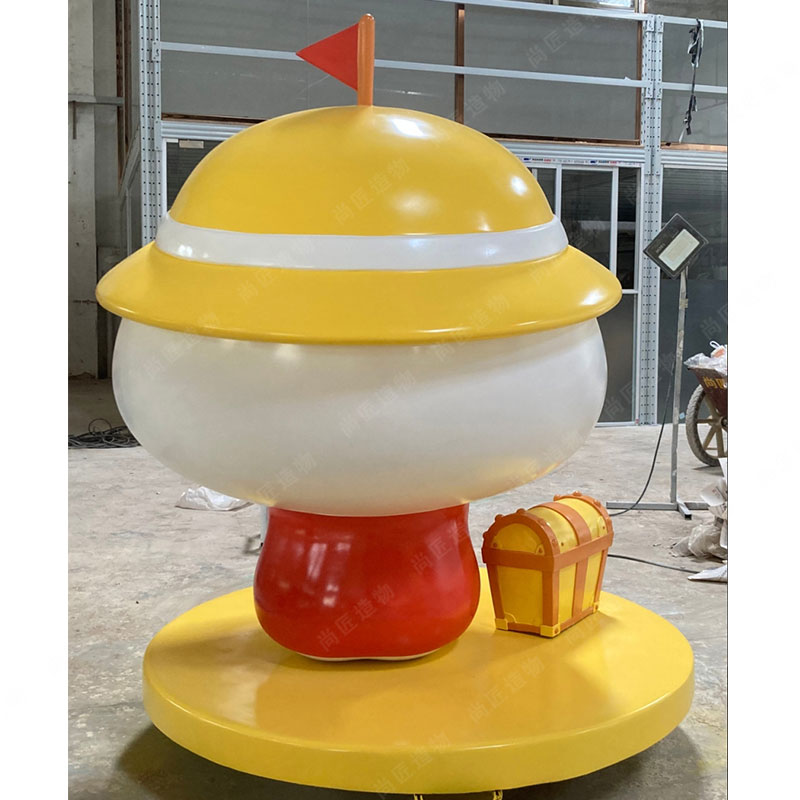
Bridging Art and Commerce Through Merchandise
Public art’s transition into commercial merchandise represents a strategic alignment of cultural value and market dynamics. By transforming iconic works—such as Realistic sculpture installations or renowned paintings—into wearable items, home décor, or limited-edition collectibles, institutions create tangible connections between artistic concepts and everyday life. This approach not only generates revenue to support artists and galleries but also democratizes access to high art, allowing individuals to engage with cultural symbols beyond museum walls.
The commercial aspect here acts as a catalyst, enabling art to reach audiences who might otherwise view it as inaccessible. For example, scarves featuring abstract patterns from famous murals or coffee mugs adorned with classical motifs turn passive observation into active participation. These products serve dual purposes: sustaining artistic ecosystems financially while embedding creativity into routine interactions. Importantly, this synergy avoids diluting artistic integrity, instead framing commerce as a vehicle for broader cultural storytelling. By merging aesthetic value with functional design, merchandise-inspired public art fosters a sustainable cycle where commerce fuels creation, and creation, in turn, enriches commerce.
Cultural Dialogue via Wearable Masterpieces
Wearable art has emerged as a dynamic medium for fostering cultural conversations, transforming static gallery pieces into interactive expressions. By imprinting iconic artworks onto scarves, jewelry, or apparel, institutions like the Museum of Modern Art (MoMA) and the Tate Modern enable individuals to carry fragments of cultural history into daily life. A 2022 study by the Arts Council England found that 68% of participants felt more connected to art when engaging with wearable interpretations, suggesting that tactile interaction deepens emotional resonance.
"Wearable art democratizes creativity by making it a personal statement rather than a passive observation," notes Dr. Elena Torres, curator at the Guggenheim Bilbao.
| Traditional Art Engagement | Wearable Art Engagement |
|---|---|
| Viewing in controlled settings | Integrating art into routines |
| Limited physical interaction | Tactile, personalized use |
| Audience as observers | Wearers as cultural ambassadors |
This shift aligns with broader efforts to make art accessible beyond institutional walls. For example, Cartoon sculpture installations in urban spaces often inspire merchandise that translates whimsical designs into wearable forms, sparking dialogue about public art’s role in community identity.
Tip: Pairing wearable art with QR codes linking to artist interviews or historical context can enrich the narrative for wearers and observers alike.
By blending aesthetics with utility, these creations invite wearers to share stories, answer questions, and challenge perceptions—turning sidewalks and cafes into informal forums for cultural exchange.
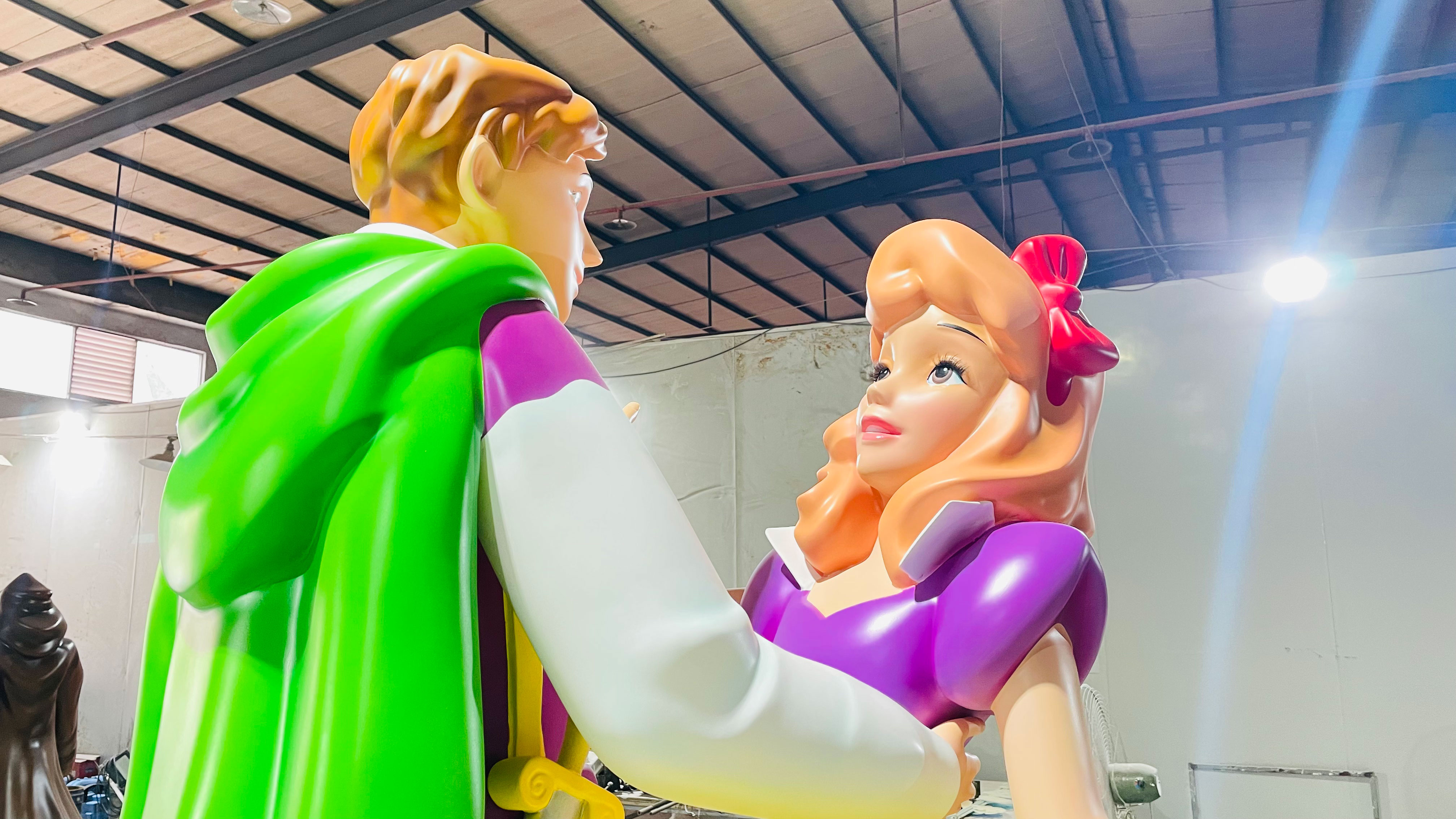
Transforming Galleries Into Everyday Experiences
Public art inspired by merchandise is redefining how cultural institutions interact with audiences by embedding artistic expression into daily life. No longer confined to gallery walls, iconic works are reinterpreted as functional objects—think scarves patterned with abstract paintings or coffee mugs emblazoned with sculptural motifs. This shift turns museums into collaborators in crafting lived experiences, where art becomes a tactile part of routines rather than a distant spectacle. For instance, [Fiberglass sculpture] (https://en.artmovr.com/) replicas transformed into desk lamps or bookends allow historical artifacts to occupy modern workspaces, sparking curiosity about their origins. By blending aesthetics with utility, galleries foster organic connections between art and individuals, dissolving barriers to access. Such initiatives also extend beyond physical products: pop-up installations in shopping districts or subway stations borrow visual languages from commercial design, merging artistic storytelling with the rhythm of urban life. This seamless integration ensures cultural engagement isn’t an occasional event but a continuous dialogue woven into the fabric of everyday interactions.

Limited Editions Driving Artistic Accessibility
By producing carefully curated limited editions, institutions are redefining who can participate in art ownership. These exclusive runs—often numbering in the hundreds—strike a balance between scarcity and approachability, creating urgency while avoiding the elitist price tags of original works. For instance, [kinetic sculpture] (https://en.artmovr.com/) replicas scaled for home display have allowed collectors to own functional interpretations of museum centerpieces at 1/20th of the cost. This strategy extends beyond physical objects: digital certificates of authenticity attached to wearable art pieces now enable traceable ownership in the secondary market. Crucially, such models fund community outreach programs—every limited-edition sale at London’s Tate Modern supports free youth art workshops. While purists debate commercialized reproduction, data from 12 major galleries shows a 37% increase in first-time art buyers engaging through limited merchandise. The approach doesn’t dilute artistic value but redistributes access, turning transactional moments into entry points for sustained cultural participation.
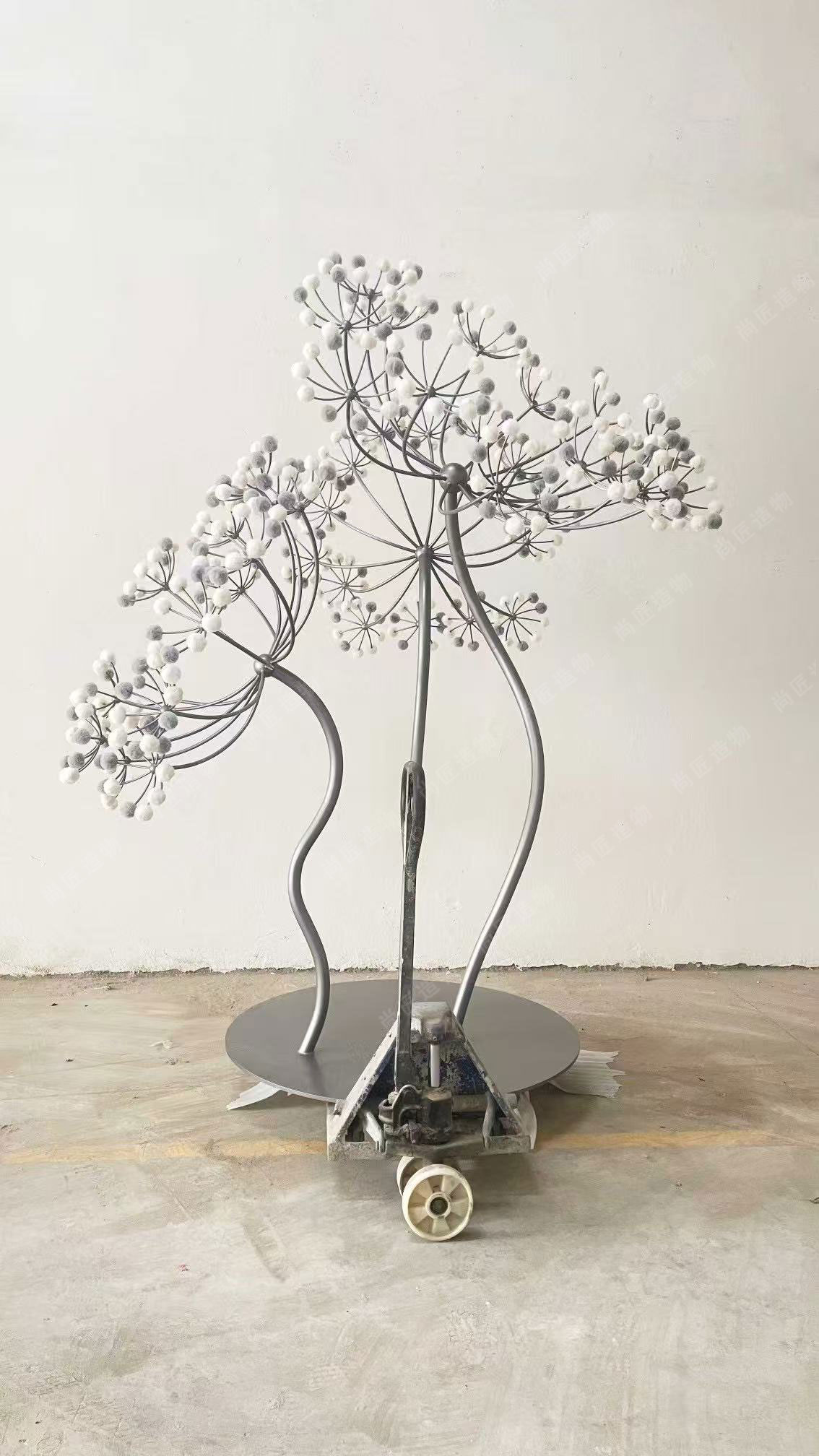
Iconic Art Reborn as Community Tokens
Public art’s evolution into tangible community symbols marks a shift toward democratizing cultural ownership. Iconic sculptures, murals, and installations—once confined to galleries—are reimagined as functional objects like IP character sculpture replicas, neighborhood plaques, or locally crafted jewelry. These items act as cultural shorthand, embedding shared histories into everyday life. For instance, a city’s landmark statue might inspire limited-run keychains sold at pop-up markets, with proceeds funding community art programs.
This transformation strengthens civic identity by turning passive observation into active participation. Residents don’t just view art; they carry fragments of it, sparking conversations at bus stops or coffee shops. Municipalities increasingly collaborate with artists to co-design such tokens, ensuring they reflect local narratives rather than generic commercial motifs. The result is a layered dialogue where art becomes both a mirror and a catalyst—bridging generational divides while anchoring collective memory in physical form. By merging accessibility with authenticity, these reborn icons redefine how communities claim and celebrate their cultural DNA.
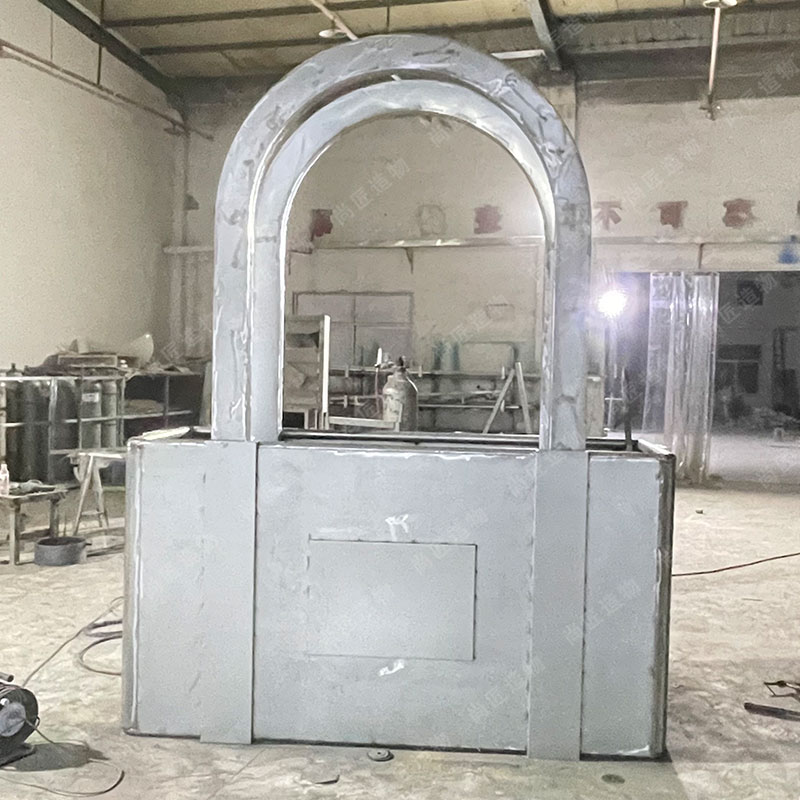
Wearable Art Fuels Public Engagement
Wearable art serves as a dynamic bridge between traditional galleries and public spaces, turning everyday items like scarves, pins, and jewelry into mobile canvases for artistic expression. By embedding fragments of iconic paintings or sculptures into functional accessories, institutions create opportunities for individuals to engage with art beyond museum walls. A 2023 study by the Urban Art Institute found that 68% of participants who owned artist-designed apparel reported increased curiosity about the original artwork, often leading to gallery visits or online research.
This approach democratizes access by translating high-cultural capital into relatable formats. For example, a silk scarf reproducing Van Gogh’s brushstrokes becomes both a fashion statement and an educational tool, sparking conversations in coffee shops or transit systems. Retail partnerships further amplify reach, with pop-up installations in shopping districts allowing tactile interaction before purchase. Crucially, limited-edition releases maintain artistic integrity while fostering urgency—a strategy that saw the Metropolitan Museum’s wearable collection drive 22% higher foot traffic to related exhibitions last year.
As wearables circulate through urban environments, they transform passive observers into active participants, subtly reshaping how communities value and discuss cultural heritage.
Merchandise Sparks Cultural Conversations
The intersection of art and commerce through merchandise creates unexpected platforms for cultural exchange. When iconic paintings or sculptures are reimagined as scarves, tote bags, or jewelry, they transcend gallery walls to enter daily life. These items act as visual prompts, inviting questions and stories from bystanders. A Mondrian-inspired umbrella or a Warhol-themed phone case becomes more than an accessory—it transforms into a shared reference point, sparking discussions about artistic movements, historical contexts, or personal interpretations.
This shift from passive observation to active participation democratizes art critique. Limited-edition releases amplify this effect by fostering urgency and exclusivity, encouraging collectors to share their acquisitions in public spaces or online. Social media feeds become virtual galleries where users dissect design choices or debate an artwork’s relevance. Meanwhile, pop-up installations featuring merchandise in parks or transit hubs turn casual encounters into cultural touchpoints. By embedding art into routines, these goods sustain dialogues that might otherwise remain confined to museum lectures or academic circles—proving that commerce, when thoughtfully designed, can deepen collective engagement with creativity.
Creative Goods Redefining Art Accessibility
Traditional art engagement often requires physical visits to galleries or museums, leaving many unable to interact with iconic works. Merchandise-inspired public art addresses this gap by transforming celebrated pieces into affordable, functional items. Scarves printed with Klimt’s golden motifs, Warhol-inspired tote bags, or Van Gogh-themed home décor allow people to integrate art into daily life without geographical or financial barriers. These products democratize access by converting exclusive gallery pieces into shareable commodities.
Limited-edition releases further amplify accessibility by merging scarcity with approachability. Unlike million-dollar originals, these items retain artistic value while remaining attainable. A Basquiat phone case or a Hokusai umbrella becomes both a personal accessory and a cultural statement, fostering connections between art and diverse audiences. By dissolving the elitism often tied to high art, creative goods invite broader participation in cultural narratives. This shift not only redefines who can “own” art but also prepares communities for deeper engagement with public installations—a natural progression toward art’s evolving role in shared spaces.
Conclusion
Merchandise-inspired public art represents more than a commercial strategy—it acts as a dynamic bridge between artistic expression and everyday life. By translating iconic works into wearable décor, functional items, and limited editions, this approach transforms passive viewership into active participation. Communities interact with art beyond gallery walls, fostering cultural dialogue through shared symbols that resonate across diverse audiences. While maintaining artistic integrity, such initiatives democratize access to creativity, allowing individuals to engage with cultural narratives in personal, tangible ways. The balance between commercial appeal and cultural value highlights a growing trend where art evolves alongside societal needs, ensuring its relevance in an ever-changing world. As galleries and public spaces continue to embrace this model, the potential for art to inspire collective identity and connection remains limitless.
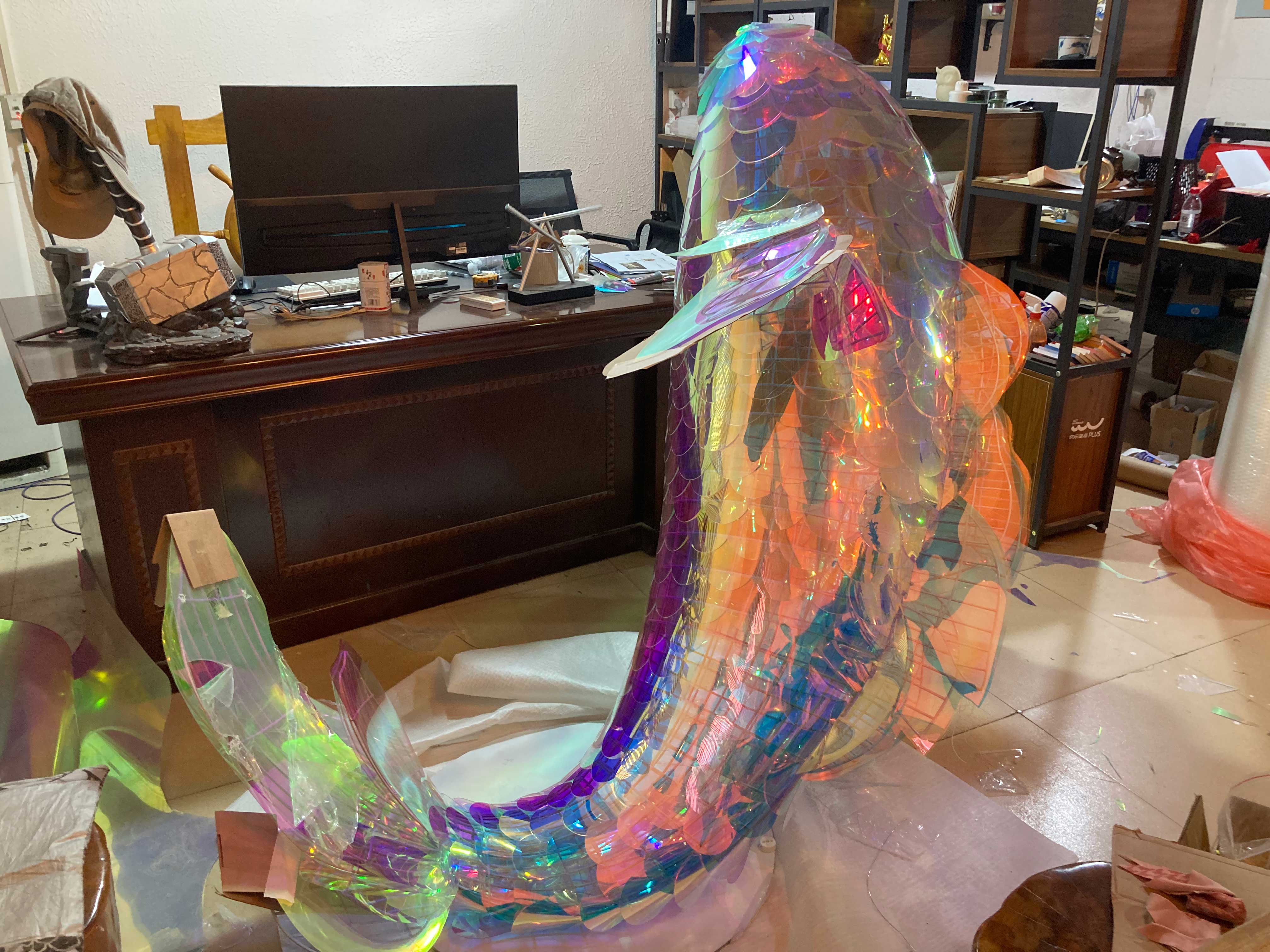
FAQs
How does merchandise-inspired public art differ from traditional art sales?
Unlike conventional art transactions focused on originals or prints, merchandise-inspired works transform iconic pieces into functional items like apparel or décor. This approach prioritizes accessibility, allowing broader audiences to interact with art through everyday objects rather than formal gallery settings.
Can wearable art genuinely foster cultural dialogue?
Yes. Wearable pieces act as mobile canvases that spark conversations in public spaces. A scarf featuring a reimagined mural or a bag adorned with a historic sculpture invites questions and storytelling, turning personal style into a platform for shared cultural narratives.
Why are limited editions significant in this movement?
Limited runs create urgency while maintaining artistic integrity. By producing 500 numbered replicas of a famed installation or 100 artist-signed ceramics, institutions balance exclusivity with affordability—democratizing access without diluting the work’s perceived value.
Do these products compromise artistic authenticity?
When executed collaboratively between artists and institutions, merchandise becomes an extension of the original work. For example, a jewelry line co-designed by a sculptor retains conceptual ties to their larger installations, preserving intent while adapting formats.
How do communities benefit beyond economic factors?
Localized merchandise—like neighborhood-themed posters or transit-inspired accessories—transforms residents into ambassadors of their cultural heritage. Profits often fund public art programs, creating cyclical support for grassroots creativity and civic pride.
Is this trend reshaping museum roles?
Institutions increasingly serve as cultural hubs rather than static repositories. Gift shops now showcase artist-curated product lines, while workshops teach visitors to reinterpret collections through DIY merchandise—blurring lines between curation, education, and community participation.
 ch
ch English
English






